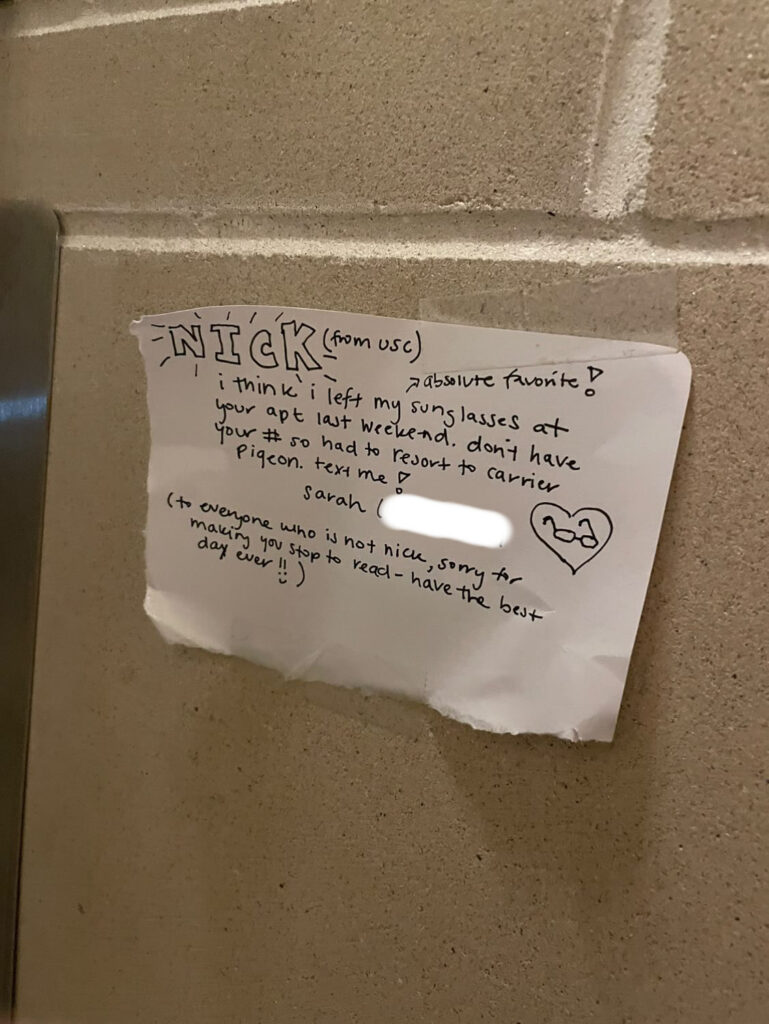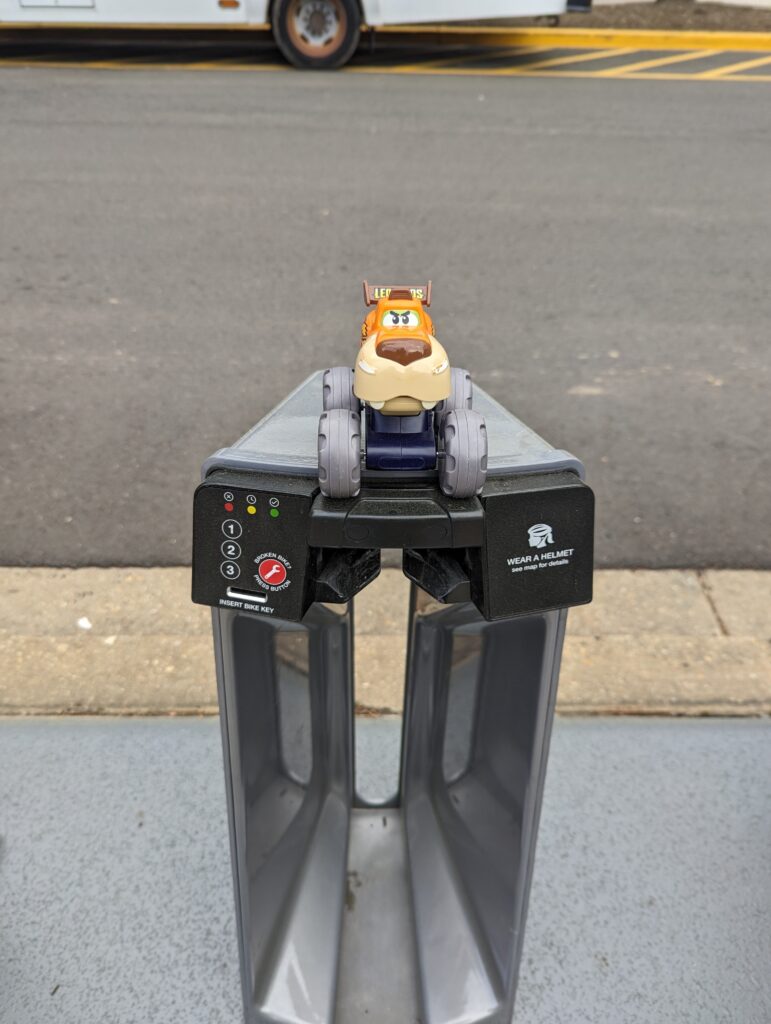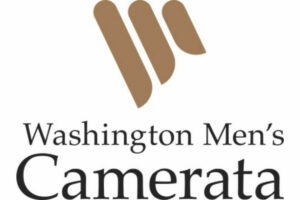
3320 Idaho Avenue, NW
From Councilmember Cheh’s website:
“Dear Neighbors,
There has been a substantial amount of discussion and questions related to the District’s plan to close DC General and replace it with smaller, community-based shelters for families experiencing homelessness. These shelters are to be safe, secure, attractive, and spread throughout each ward of the District, with one such shelter to be built on part of the land adjacent to the Second District Police Station, 3320 Idaho Avenue, NW. Many of the questions and topics of conversation have overlapped and touch on complicated matters, so I’d like to begin with an overview of the situation. Let me also say that issues like homelessness necessarily come loaded with strong emotions and suggestions that people raising concerns are acting out of self-interest or unsavory motivations. In fact, there are legitimate concerns that are worthy of discussion, and I assume that the questions put to me—questions I will endeavor to speak to here—were put forward in good faith and with the best of intentions.
At the outset, it’s helpful to understand how we got to where we are. The challenges of homelessness are not new, nor are the efforts of countless individuals, advocacy groups, and government officials to meet those challenges. But it’s worth understanding that how society approaches human service programs has changed substantially in the past twenty years. Traditionally, we have moved individuals through phases between homelessness and independent housing. So, for example, we traditionally would have gotten people off the streets and into a shelter, then to a halfway house, and ultimately into their own homes. Then, beginning in the 90s and taking hold here in the District in the early 2000s, we moved to a system of Housing First. The efficacy of moving people straight into housing and surrounding them with services worked, and many thought that shelters would no longer be necessary. So, when the District concluded in 2007 that D.C. Village, its old emergency shelter for families, had to be closed, most assumed that those families could quickly be moved into housing. Unfortunately, Housing First does not prevent the need for shelters where families can stay while they look for and secure new housing. Faced with nowhere to house these families, the District began placing them at DC General. What the District lacked when it closed D.C. Village was a plan to address the full scope of issues facing families experiencing homelessness. And it is here that we find the critical distinction between 2007 and now: now, we have a plan and it includes short-term temporary housing, or shelters.
In 2015, the District published its Homeward DC plan. It is not simply a statement of principles; it is not just aspirational. It is the culmination of substantial work by the District’s Interagency Council on Homelessness (ICH), advocacy groups, and interested individuals, with technical support from the federal government, and it sets the ambitious but morally required goal to end long-term homelessness in the District of Columbia by 2020. Of course, homelessness itself will never be eliminated, but this plan aims to make homelessness in the District a rare, brief, and non-recurring experience. The plan is technical, informed by the latest social science, and data-driven. Its execution has been entrusted to Department of Human Services (DHS) Director Laura Zeilinger and ICH Director Kristy Greenwalt, both of whom have substantial experience and expertise at the federal U.S. Interagency Council on Homelessness, where Director Zeilinger was Executive Director. And the plan is comprehensive, reforming the way that our homeless services are provided to (1) prevent homelessness in the first place, (2) provide adequate but manageable smaller, community-based shelters, and (3) invest in affordable housing. This is an important point that is too often overlooked: we don’t have to replace, 1 for 1, the beds in DC General and the hotels currently occupied by families experiencing homelessness because our top-to-bottom reform of human services are reducing the number of families that need shelter in the first instance (since September, our new prevention program has prevented homelessness for more than 1,200 families) and will move those families who do need shelter through the system more quickly.
We need to confront the notion of “homeless shelters” and the specters that term can raise. So let’s be clear about what the Homeward DC shelters are and what they are not. Specifically, these are shelters for families with children experiencing homelessness. These families are predominantly single parents (75%). They largely have very young children (41%). And they overwhelmingly were previously living with family or friends but had to leave (80%). Only 1.9% of our homeless adults in families have a substance abuse problem, and 27.1% of adults are employed with the majority of the rest receiving some form of income. This shelter will not ask residents to leave during the day. There are no overnight visitors. The shelter will provide meals with high nutritional standards, meals will be brought in by a vendor, and there will be no messy cleanup operations. And the shelters will have both good neighbor agreements and a staff that is integrated with the community. I’ll talk a bit more about these later.
But why smaller shelters throughout the District? Why not a brand new, clean and safe version of DC General? These are resilient individuals who need our help to stand back up; but many of them are escaping traumatic situations. Indeed, many mothers experiencing homelessness have been victims of domestic violence, becoming homeless in order to escape the abuse. And homelessness itself is a traumatic experience. As we design these shelters, we need to be mindful of these facts. In particular, studies show that smaller shelters that allow for greater interaction between residents and staff make these traumatized individuals feel safer and more comfortable. And, as is true with healthcare and schools, the smaller the ratio between individuals and service-providers, the better people fare. And, finally, smaller sites mean greater potential for more community partners and non-profit relationships. Currently, there is only one nonprofit big enough to handle the DC General contract. Smaller shelters will allow us to diversify and take advantage of new and dynamic methods of providing human services. They will also help to assure that there are not smaller DC Generals across the city.
So, if smaller shelters are so effective, why not more, even smaller shelters? These shelters will bring robust services to the residents to help put them back on their feet. On-site programs will include rapid connection to permanent housing programs; housing search assistance; social work staff; early childhood screenings; school liaisons; financial and budget management services; and linkages to education, training, employment services, and health care. There will likely be between 10 and 15 staff on site ranging from case management to social workers to administrators. These services have to be provided at each shelter. And so economies of scale, weighed against the value of smaller shelters and the aim to spread these shelters throughout the District, leads to a conclusion that the shelters should house up to, but no more than 50 families, a limit imposed in the law for all the replacement shelters.
The shelter for Ward 3 will be located alongside the Second District Station. It is not a perfect site because there are no perfect sites. But it is a very good site. In analyzing the characteristics of any site, the executive concluded that sites needed to be (1) roughly 30,000 square feet, (2) close to public transportation, (3) economically feasible, and (4) large enough and completed in time to help close DC General. The Second District Station’s plot has at least 47,000 square feet of land to build upon—land that does not include the dog park, playground, or community garden. The site is located on several major bus lines that cross town (and it is worth noting that shelter residents are more likely to need—and have shown a preference for—access to buses rather than more expensive metro trains). The police station is District-owned land, allowing us to save significantly on lease costs. And, with a cap of 50 families, the site balances the needs of replacement facilities for DC General with the need for small, community-based shelters.
The site on Idaho Avenue will, of course, have an effect on the surrounding neighborhood, and many have asked what the plan is to obviate those effects. Although some concerns are likely unfounded—a discussion I’ll turn to presently—others will require resolution through collaboration between the government and the surrounding community. But the fact that the site poses challenges is not disqualifying; again, there is no perfect site. In criticizing this site, though, some have argued that the community was not sufficiently engaged. On the one hand, the location of public buildings—schools, firehouses, mental health facilities, etc.—is not something we ordinarily do by a show of hands because one’s views are likely to be influenced more by how close one is to the site and less by an objective evaluation of it. On the other hand, after the Mayor announced her plan, the Council engaged in significant public evaluation. There were hearings, public meetings, published letters, and substantial press coverage. On a number of occasions, the Second District site was mentioned as an alternative, and that alternative, in fact, came from residents. The location works well because it is on District-owned land, and so I referred it, together with two other sites suggested to me, to the Mayor. Later, when the Council comprehensively reviewed the Mayor’s plans, it became clear that the selected sites—leases on private property—were simply too costly. At that point, the preference for moving sites to District-owned land became paramount. For Ward 3, that meant the Second District site was the clear choice. Again, is the site perfect? Surely not. But, whatever failings may exist, I believe they can be resolved as we move forward.
And therein lies the important point: the fact that a site has been identified is just the beginning of the process. We had to begin by deciding to close DC General and commit to residential sites. Now that those decisions have been made, we can begin the work of how to best situate the shelter in our community and provide a supportive environment for our neighbors in need. Let me turn, then, to what the likely effects are and what we can do to respond.
The new shelter will not negatively affect the ability of our police to function. I’ve spoken with Commander Gresham, and MPD will be involved in the planning process to ensure that station operational concerns are addressed. Similarly, concerns related to traffic and construction will be addressed in the normal course, as they would with any development project.
Other concerns raised about the project relate to property values, neighborhood dynamics, and John Eaton elementary. As to the first matter, we expect no significant decrease in property values based on the siting of these shelters. As an initial indicator on this point, if property values were to decrease substantially—as some have suggested that they will—then the property taxes would accordingly decrease and the overall package would have a fiscal impact. Our independent CFO, who must evaluate our legislation for such negative effects, has predicted no such impact. Moreover, the social science on the topic simply does not bear out that notion; for example, a 2008 study by the Furman Center for Real Estate & Urban Policy concluded that supportive housing in New York City over a period of 18 years produced no negative effects on the surrounding property values (no doubt some will note that the study evaluated supportive housing and not shelters; there is little recent scholarship on shelters per se because most jurisdictions are not building new shelters). The Urban Institute reached similar conclusions (actually finding that supportive housing increased property values) in Denver in 1999.
As to the second concern, several people have suggested that this neighborhood is simply too expensive to comfortably house families experiencing homelessness. Here, though, it is critical that we remember that these are families in crisis. The intent of the shelter is not to house people in an area where they will find housing or shop. The shelter is to provide a temporary (60-90 days), safe space where these families can get back on their feet, where food is brought to them, and where the services that they need can be marshalled. This shelter will give Ward 3 a way to assist in the District-wide strategy to help families to transition out of homelessness and into permanent housing.
And as to the third concern, the likely effects on John Eaton are less than what I think many imagine, and whatever effects there are can be addressed. As has been said before, approximately 80 children are expected to reside at the shelter. Of those, approximately 45% will be below the age of 4, approximately 45% will be elementary-school aged, and another approximately 10% will be middle-school or high-school aged; this means there will likely be only 36 elementary school-aged children. If current trends hold for elementary school-aged children, i.e. that the vast majority of parents will choose to keep their children in their previous school to minimize academic disruption, then only 2-4 students will actually attend Eaton. Some have argued, though, that the excellent education at Eaton is likely to draw more of those 36 children. Assuming that all of those children are elementary school-aged, and even assuming that all of those children want to attend Eaton—both unlikely scenarios—the school can nonetheless adapt. Fifty-five percent of Eaton students are out-of-boundary. If there is reason to believe that the enrollment will increase, adjustments can be made to decrease the number of new out-of-boundary students who are enrolled, opening up spots for children in the shelter. What’s more, students living at the shelter will be treated in the same manner as students who move outside Eaton’s boundary during the school year meaning that they have a right to attend the neighborhood school; but when they leave the shelter, they may complete the school year but may not remain at the school for the next school year. Thus, any students at the shelter who opt to enroll at Eaton for all or part of a school year will only remain there temporarily. Eaton is also slated for modernization in 2022, which can be accelerated if necessary to meet the needs of a larger student body. And, finally, those shelter students who do enroll bring with them at-risk funding dollars, which means they will, in fact, bring more resources to Eaton.
So, as I said, we are at the beginning of this process. Moving forward, there will be a great many opportunities for collaboration to realize the best shelter possible for this location. The Department of General Services (DGS) will come back to the community with site and design plans. And once DGS develops the design, there will need to be zoning relief (indeed, any shelter would require an exception, regardless of location). Zoning cases necessarily involve a hearing and participation of ANCs and affected neighbors. I have also asked, and the executive has agreed, to form a community advisory group. And DHS has committed, as I mentioned above, to enter into Good Neighbor Agreements. These agreements—which will vary from site to site but which will likely involve DHS, DGS, the service provider, ANC and civic associations, and representatives of relevant school associations—are negotiable and will be unique to each community and foster the establishment of long-term relationships. They will provide a structure and process for the resolution of conflicts in a neighborly way. The agency expects these agreements to include provisions regarding property maintenance, safety and security, conduct, and communication and mutual respect. They will include contact information for all agencies to ensure the District is able to respond quickly to challenges identified by neighbors. The agency also hopes the process will provide an opportunity for neighbors to identify ways they are able to share their time and talents with the facility or residents, something that many residents have already expressed an interest in doing.
I hope that the information provided here gives a better view of where we are, how we got here, and where we can expect to go.
Regards,
Mary M. Cheh”
Recent Stories

Thanks to Alex for sending from Adams Morgan. Nick, if you have Sarah’s sunglasses – email me at [email protected]

Unlike our competitors, Well-Paid Maids doesn’t clean your home with harsh chemicals. Instead, we handpick cleaning products rated “safest” by the Environmental Working Group, the leading rating organization regarding product safety.
The reason is threefold.
First, using safe cleaning products ensures toxic chemicals won’t leak into waterways or harm wildlife if disposed of improperly.

Looking for something campy, ridiculous and totally fun!? Then pitch your tents and grab your pokers and come to DC’s ONLY Drag Brunch Bingo hosted by Tara Hoot at Whitlow’s! Tickets are only $10 and you can add bottomless drinks and tasty entrees. This month we’re featuring performances by the amazing Venus Valhalla and Mari Con Carne!
Get your tickets and come celebrate the fact that the rapture didn’t happen during the eclipse, darlings! We can’t wait to see you on Sunday, April 21 at 12:30!
DC Labor History Walking Tour
Come explore DC’s rich labor history with the Metro DC Democratic Socialists of America and the Labor Heritage Foundation. The free DC Labor History Walking Tour tour will visit several landmarks and pay tribute to the past and ongoing struggle
Frank’s Favorites
Come celebrate and bid farewell to Frank Albinder in his final concert as Music Director of the Washington Men’s Camerata featuring a special program of his most cherished pieces for men’s chorus with works by Ron Jeffers, Peter Schickele, Amy






